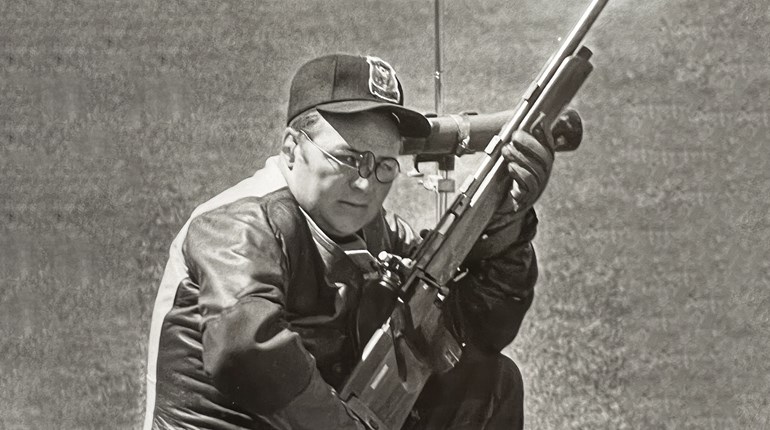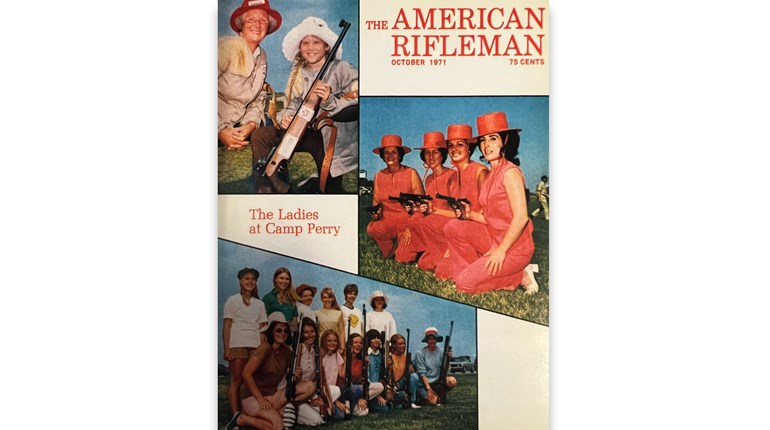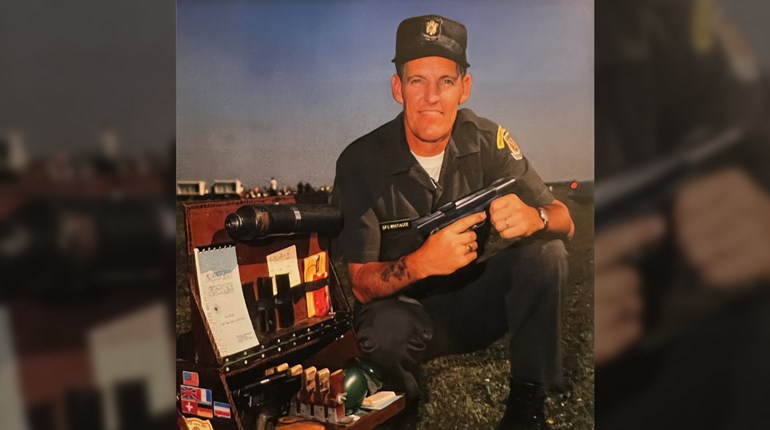The United States entered the war in April, 1917, woefully unprepared for the size of the conflict. In our defense, the rest of the world had been, too. World War I was a new kind of war, a "total war," and all of the spoken and unspoken rules of conflict were being shattered. Although America started off with a mere 200,000 troops--and this was the first time in history that 200,000 soldiers could be thought of as "mere"--eventually U.S. forces in France numbered three million.
One aspect where the U.S. Army was prepared was marksmanship. The establishment of the NRA along with national match and other shooting competitions improved marksmanship across the board. We also had a significant advantage in the form of an extremely effective battle arm; American soldiers began the war with the Model 1903 Springfield bolt-action rifle chambered in .30-'06 Sprg. One hundred twenty-two years later, that firearm is still considered the best military-issue bolt-action rifle in our history.
In this terrific segment from American Rifleman TV, you'll learn more about the men and guns of World War I ... as well as the story of the 42nd "Rainbow" Division, and the battle of Croix-Rouge Farm. If you don't speak French, "croix-rouge" means "red cross," and the battle for this patch of French soil left thousands of "red crosses" behind.
Today's #TBT comes courtesy of our friends at American Rifleman. For more awesome American Rifleman TV, click here!


























